How to Grow Money Plant in Soil and Water | Money Plant Care
Money plant is a charming evergreen vining plant that requires minimal care and grows in soil and water. Check out this post to learn how to grow the money plant!
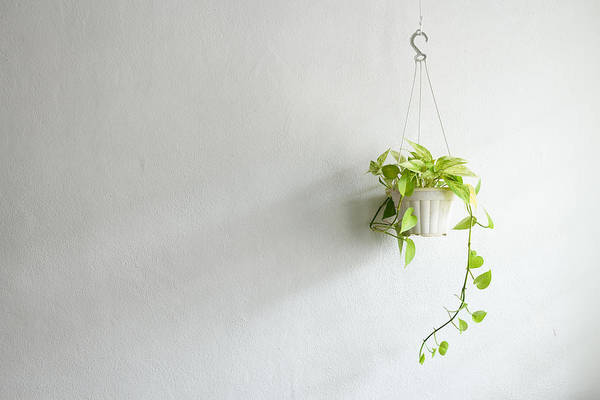
Money plant is a show stealer that sports beautiful foliage and is a low maintenance plant. In fact, its another common name Devil’s ivy or Devil’s vine is derived from the fact that it’s hard to kill. In many cultures, it is believed that the money plant brings fortune and good luck with it hence the name money plant. This vining plant’s foliage is variegated with green, white, and golden hues and retains its color even in the dark. The money plant is also in the list of plants in NASA’s clean air study and was found to remove VOCs from the surrounding air, thus improving indoor air quality.
Scientific Name: Epipremnum aureum / Pinnatum or Scindapsus aureus
Common Names: Golden Pothos, Silver Vine, Solomon Islands Ivy, Marble queen, Hunters robe, Ivy Arum, taro Vine, Feng Shui Money Plant, Devil’s Vine, and Devil’s Ivy.
How to Grow Money Plant in Soil
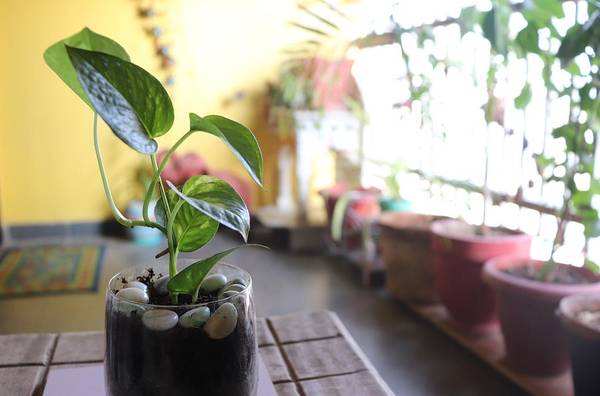
Propagating Money Plant
Money Plant is probably the easiest houseplant you can propagate from cuttings. The cuttings can root in the soil, a soilless medium, and water as the money plant is hydroponic in nature. Propagation from seeds is also possible, but it takes time and is the least preferred method of propagating money plants.
Propagation from Cuttings: Take a healthy cutting from the money plant using a sharp tool—plant cutting in a pot or place it in a bottle filled with water. Ideally, it would help if you chose a transparent glass bottle so that the developing roots are clearly visible. The plant will be ready for transplanting once the roots develop, which takes around a couple of weeks.
Choosing a Container
Propagate money plant in a small container or a bottle in the water and then move it to a larger pot. A container that’s 8-10 inches in depth is ideal and will provide enough room for roots to grow. Ensure that drainage holes are present at the bottom of the pot. Get creative and recycle old pots or household items that can hold soil into pots. It’ll be a fun activity to engage in with your kids and family.
Transplanting
Once the money plant develops roots, it’s ready for transplanting in a large container. Choose a container with drainage holes at the bottom, and if you reuse the pot, make sure it’s free from any contaminations. Repotting is needed when the plant outgrows its previous pot and needs a larger pot for more space. Avoid repotting the plant before winters as houseplants don’t like to get disturbed during this period.
Location
It’s a forgiving plant that applies to lighting as well, so be it direct sunlight, bright indirect light, or partial shade, it’ll do just fine. Ideally, you should place the money plant in a shady but well-lit place that can be a balcony, lawn, patio, terrace, or windowsill. In the hot summers, direct afternoon sun can scorch the foliage so locate the plant accordingly.
Watering
Keep the money plant hydrated by watering once a week or twice if the weather is scorching. If the soil starts to crack up, you have waited too long, and the plant requires watering. Although the money plant isn’t affected a lot by underwatering every once and a while, overwatering can be detrimental. Check that the surface of the soil is dry before you water to prevent overwatering. In winters watering once every 2-3 weeks will suffice.
Soil
Loamy and fertile soils are highly recommended for growing money plant. The soil must be lightweight and well-draining and must not turn soggy when watered. Buy a good quality lightweight potting mix or prepare it on your own. Check the label and make sure it contains peat moss and sand or perlite in equal quantities. Making a fuss about the soil is unnecessary as the money plant can grow in almost any soil as long as it doesn’t turn soggy.
Money Plant Care
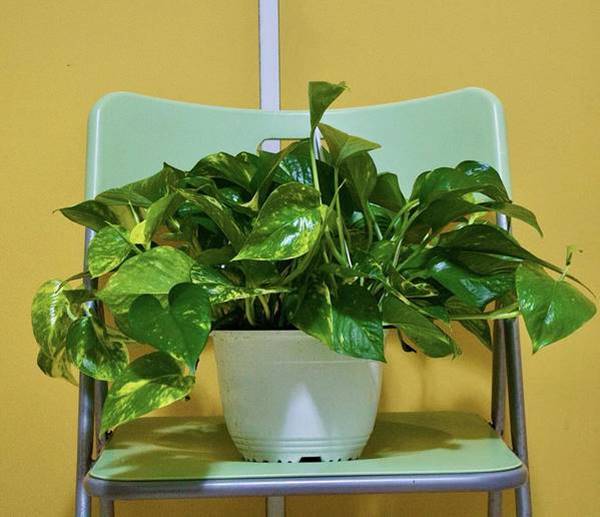
Fertilizing
Although money plant does well even without fertilizing, you can boost the plant’s growth by fertilizing in the growing season, especially if the soil lacks nutrients. Use a well balanced all-purpose fertilizer and make sure to read the label for instructions before application. Avoid fertilizing during winters as the plant does not show much growth during this period. Amending the soil with organic compost and mulch is a natural way to enhance its quality without using fertilizers.
Pruning
Pruning keeps the size of the plant in check and redirects the plant’s energy to new growth. Cut back the dead and decaying leaves and branches of the plant that have turned brown. Also, if you want to promote bushier growth, cut back the plant’s ends, which in turn promotes side growth.
Pests and Diseases
Mealybugs, aphids, and other common garden pests might cause some level of harm to the plant, but usually, the plant remains pest free. Handpicking such insects or giving the plant a thorough bath will be enough to eliminate such pests. If the problem persists, you can use an insecticidal soap or neem oil solution over the plant. Avoid root rot by keeping watering in check and browning and sunburnt leaves by protecting the plant from direct sunlight in harsh summers.
Toxicity
Money plant is considered toxic to dogs, cats as other plants according to ASPCA. Keep money plant out of the reach from your pets to avoid any misfortune.
How to Grow Money Plant in Water
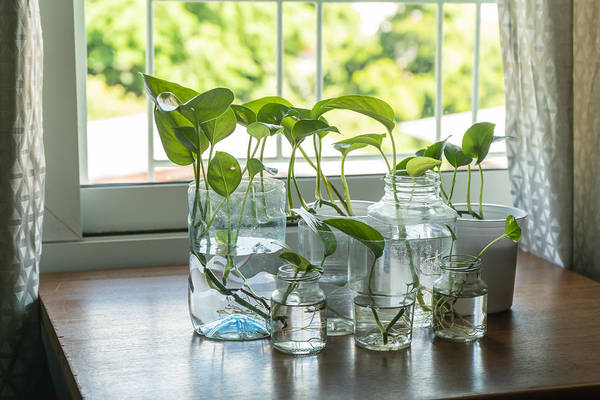
Growing money plant in water is no different from growing money plants in a soil medium. In fact, the growth requirements and money plant care in water are the same as that of money plant in soil. Most gardeners prefer to propagate money plant cuttings in water as it’s hassle-free. Ensure that atleast one node of the cutting is below the surface of the water for proper growth. Grow it in a glass bottle or any other vessel that can hold water. Transparent glass bottles are most commonly used for growing money plants as they are aesthetic, and the roots are clearly visible. Change water weekly without fail as stagnant water can get contaminated and lead to root rot. Fertilizer isn’t needed for growing money plant in water. Growing money plant in the aquarium is also a great way to beatify the aquarium and keep it fresh. The roots will be submerged in water, whereas the plant partly floats on the water. Once the money plant is well established in water, don’t transplant it to the soil as it has adapted to growing in water.
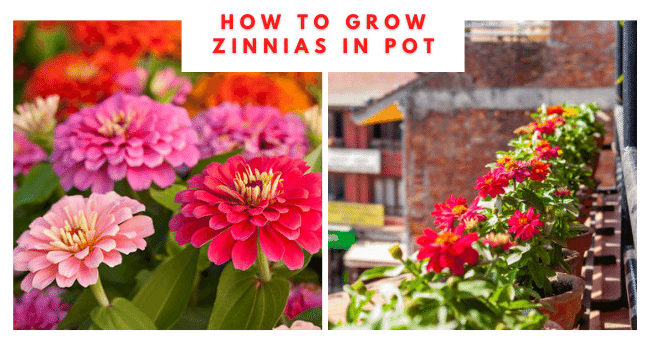



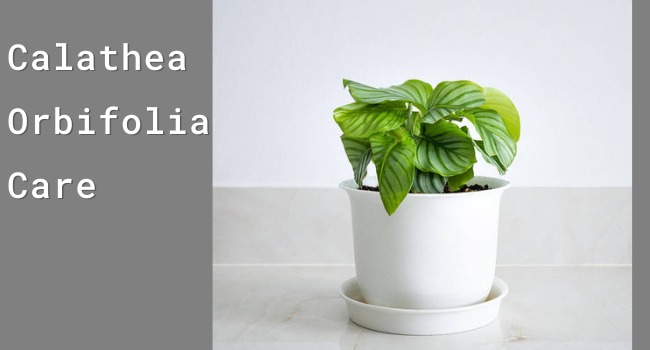

One Comment